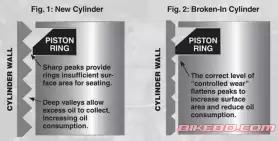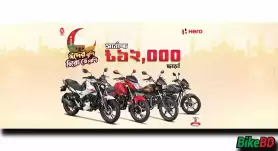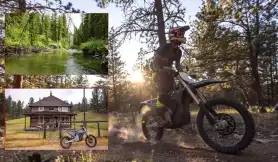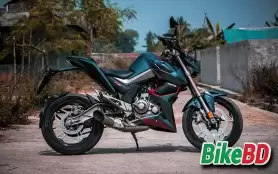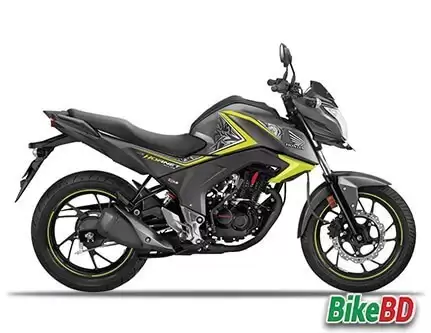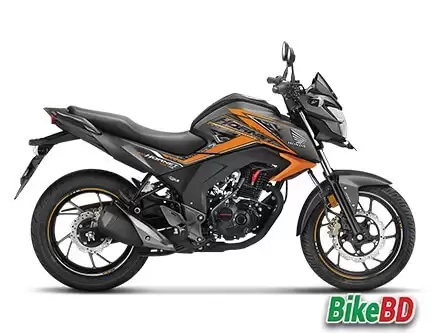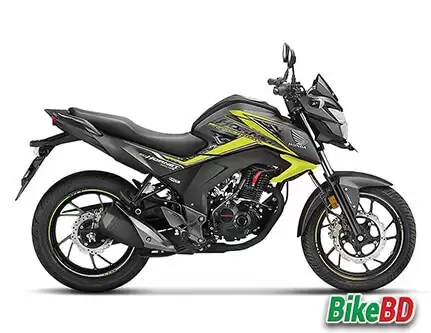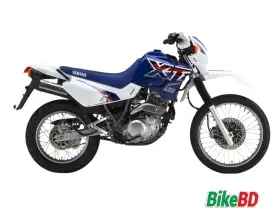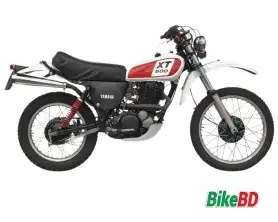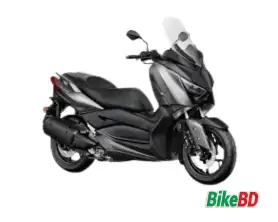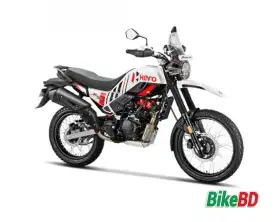Shares 2
Traction Control System (TCS) In Motorcycles And How It Works?
Last updated on 19-Aug-2024 , By Arif Raihan Opu
What is the Traction Control System (TCS) and how it works in a motorcycle are very frequent and common questions in the motorcycling world. These days the bigger capacity and hi-tech modern motorcycles are featured with many safety features including ABS and TCS which is much common and the entry-class motorcycles are also grabbing the same that’s why we’re featuring here Traction Control System (TCS) In Motorcycles and How It Works.
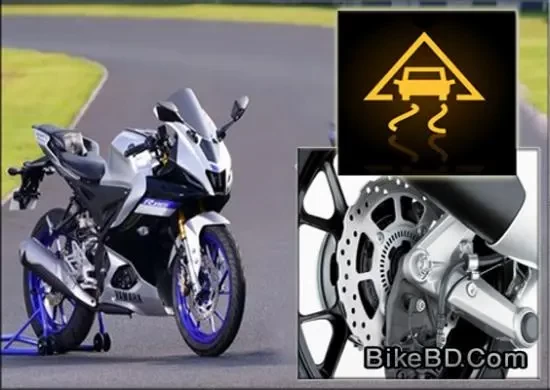
Traction Control System (TCS) In Motorcycles
Traction control system (TCS) is quite an obligatory safety enhancement in the modern motor vehicles that is very common in the car or SUV’s these days. And in higher capacity hi-tech motorcycles most of the manufacturers are also featuring this safety feature though the mechanism is in the initial stages in motorcycles and yet to develop in precision more.
In cars or other four-wheelers, the TCS is much sophisticated in its formation and activity as those vehicles are now extensively controlled electronically therefore by an enhanced computer controlling module. But in a motorcycle, the operating and controlling mechanisms are way more manual and mechanical. That’s why in motorcycles different manufacturer applies TCS is different ways.

What Is Traction Control System (TCS)?
The concept of the Traction Control System is simply to keep the wheels rolling at the same speed on the surface and thus keep mounted in traction. Hence while the power wheel speed differs like it rotates more than the other wheels, that means it slides out on any slippery condition then TCS activates and controls the speed of the power wheel and keeps it near to same to other wheels; that’s the basic principle of TCS.
Therefore, when the power wheel speed is matched with the other rolling wheels speed it simply manages the skidding and combined maintains the overall traction. Thus the vehicle stays in control and keeps rolling even on slippery surfaces. Hence the mechanism also allows to implementation of the same torque that is delivered from the engine and the acceleration is also much more efficient avoiding the drifting or power wheel slide out.
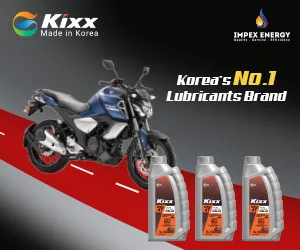
How Traction Control System (TCS) Works?
The Traction Control System basically works in two different forms in motor vehicles like in predictive and reactive forms. The predictive form is technologically much more advanced and complex in technologies that continuously calculate the vehicle data like wheel spin, lean angle, speed, gear position, and acceleration data. Thus it assumes and determines the potential slide out and controls the wheel spin in advance before losing the traction of the power wheel.
On the counter, the reactive form of TCS is much simpler, that simply controls the wheel spin of the power wheel while it over spins than the other wheels and brings it in traction. Hence both the system shares quite the same hardware’s but the predictive system use more sensors to get more précised data and the computer is also much more sophisticated in calculations.
Commonly the mechanism of TCS works in multiple ways in four-wheelers and that may control the ignition system, fuel supply, wheel brake, or the clutch mechanisms according to the technology adopted by the certain manufacturer. But in the motorcycle, it simply controls the ignition system, and in advanced motorcycles through the throttle control which are featured with a throttle-by-wire system.
How Traction Control System (TCS) Works In Motorcycles?
So whatever the technology and mechanism adopted in a certain motorcycle TCS that commonly shares the same hardware of Dual-Chanel ABS, Lean Angle Sensor, and Engine Control Unit (ECU). Further in advanced mechanisms the gear position sensor, throttle position sensor, and gravity sensor also work together for TCS to supply the vehicle riding condition data to the motorcycle ECU.
In the basics, the wheel speed sensors continuously collect motorcycle wheel rotation data and ECU functions utilizing various other complex sensors data. While the ECU finds the rear wheel speed unmatched like over spinning than the front, it just controls the ignition system and suppresses power delivery to the rear wheel and thus corrects the rear wheel speed. Thus it avoids the rear wheel skidding or sliding out and stays within traction.
Benefits & Demerits of Traction Control System (TCS) In Motorcycles
Basically, Traction Control System (TCS) is quite in an initial stage in the motorcycles, unlike the cars that only work in a single way in the motorcycles that only cut off the ignition and control the power delivery to the rear wheel. But obviously, that is an important safety feature that ensures riding safety while rolling on the roads and also has a few demerits, so the figures are described below.
Benefits of Traction Control System (TCS)
- Traction Control System (TCS) offers greater control and riding safety of a motorcycle on any surface & weather condition.
- TCS reduces the rear wheel skidding and sliding in any slippery and loose surface condition.
- TCS helps to deliver the same torque to the rear wheel produced by the engine in certain conditions.
- Traction Control System allows safer possible cornering in any surface condition.
- TCS helps to accelerate a motorcycle faster delivering quite the same torque produced by the engine instantly to the rear wheel.
Demerits of Traction Control System (TCS)
- Traction Control System (TCS) is not a good solution for off-road and ADV motorcycles as it limits and controls the torque production of the motorcycle engine.
- TCS can’t deal the situations like trapping the rear wheel in the sandy, muddy, or ice-covered surfaces where the rear wheel needs to spin and dig out from the sandy or muddy loose traps.
- The traction control system is not a fruitful feature in low-capacity and low torque motorcycles.
- Any type of stunt sport like drifting, burnout, slide, power slide, wheelie, etc. is not possible with the TCS featured motorcycle.
- TCS omits the drag racing possibilities.
Whatsoever, the Traction Control System in motorcycles obviously cuts off the fun factor of extreme riding as it limits and controls the torque production of the motorcycle engine which the pro riders dislike most but definitely it enhances the riding safety to the commons.
T
Published by Arif Raihan Opu

